Dürnberg
The wine year at a glance (lable).
Case study
- Concept
- Design
- Photo
- Text
- Typography
- Web
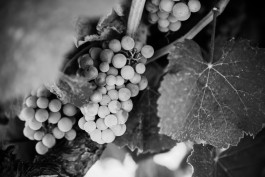
An expert should be able to tell at first glance whether it is a good wine year, but so should you.
That is why we have combined the most important influences of the wine year on one label.
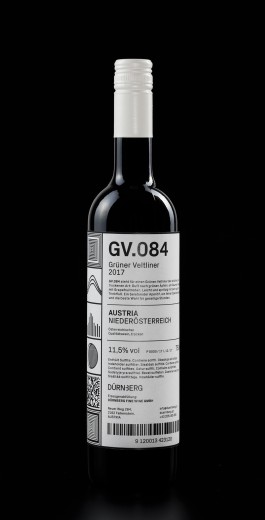
Temperature
Vine growth begins in spring at average air temperatures of 10°C and increases in speed as the temperature rises. The young shoots have little tolerance, already temperatures below -1°C can have serious negative effects on the yield and the wine quality, even more severe late frosts can even lead to complete crop failure.
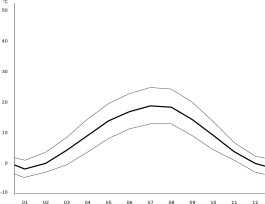
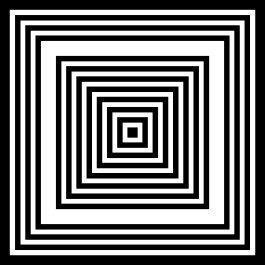
Harvest-date
By deciding when to start harvesting, the winemaker can influence the quality and the desired type of wine. In addition to the degree of ripeness of the grapes, the weather conditions, the state of health of the grapes and the intended use are taken into account.
Rainfall
A particularly important climatic factor for viticulture is the amount of annual precipitation. It is generally assumed that in a cooler climate with low evaporation, at least 500 mm per year is sufficient to provide the vine with sufficient moisture for its vegetative growth as well as the ripening process of the grapes. In warm and hot climates with correspondingly higher evaporation rates, 600-750mm of precipitation per year is considered sufficient.
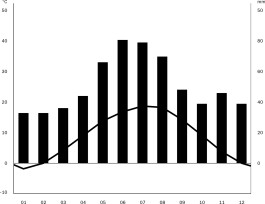

Biodiversity
Not only the phases of the moon, but also the position and other planetary positions play a role. Based on a lunar calendar, there are suitable times or very specific days that are optimal for the various activities during winemaking and have a positive effect on the result. This goes from planting the vines to bottling and includes vineyard management such as pruning, soil care, fertilisation, pest control and grape harvesting, as well as technical measures in the cellar.
Microsite
A QR-Code leads to the microsite induvidually adapted to each wine.

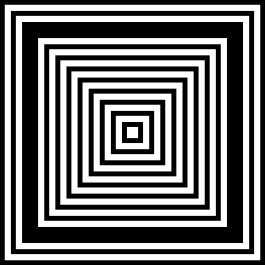
Bottling
After maturing on fine yeast in our steel tanks, our wines are bottled in our beautiful bottles after reaching the desired alcohol level.
The final result is an individual series of wines that are guaranteed to catch the eye and offer added value for the connoisseur.
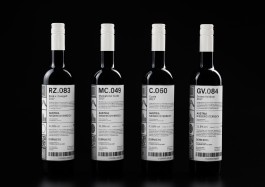
The complete Wineyear-Edidtion

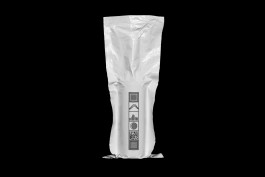
For special occasions, we have developed a bag made of corn starch for the wine, which gives the wine an even longer shelf life and makes it stand out on the supermarket shelf.
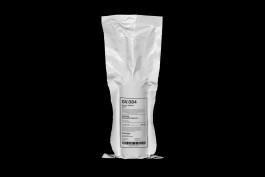
The label can be divided into two segments which can be used individually for branding.
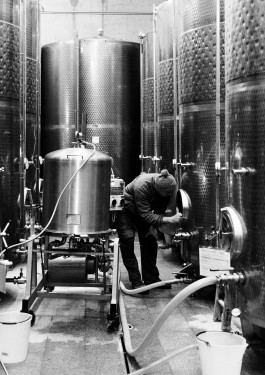
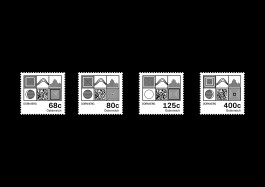
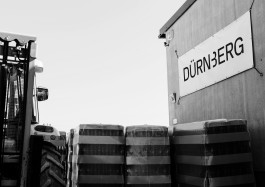
The new logo retains Dürnberg's famous symbol, the falcon.


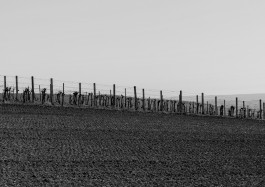
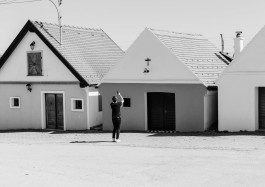
Duernberg – Identity and Winelables
The wine-year plays a decisive role in the art of wine making and it’s flavour. The designconcept translates all the decisive factors of the wine-year into a transparent and simple communication and thus emphasizes the character of the respective year on every label.
Involved People
Stefanie Wurnitsch (Concept, Design, Photo)
Fabian Draxl (Concept, Design)
Dürnberg
The wine year at a glance (lable).
Case study
- Concept
- Design
- Photo
- Text
- Typography
- Web

An expert should be able to tell at first glance whether it is a good wine year, but so should you.
That is why we have combined the most important influences of the wine year on one label.


Temperature
Vine growth begins in spring at average air temperatures of 10°C and increases in speed as the temperature rises. The young shoots have little tolerance, already temperatures below -1°C can have serious negative effects on the yield and the wine quality, even more severe late frosts can even lead to complete crop failure.

Harvest-date
By deciding when to start harvesting, the winemaker can influence the quality and the desired type of wine. In addition to the degree of ripeness of the grapes, the weather conditions, the state of health of the grapes and the intended use are taken into account.

Rainfall
A particularly important climatic factor for viticulture is the amount of annual precipitation. It is generally assumed that in a cooler climate with low evaporation, at least 500 mm per year is sufficient to provide the vine with sufficient moisture for its vegetative growth as well as the ripening process of the grapes. In warm and hot climates with correspondingly higher evaporation rates, 600-750mm of precipitation per year is considered sufficient.

Biodiversity
Not only the phases of the moon, but also the position and other planetary positions play a role. Based on a lunar calendar, there are suitable times or very specific days that are optimal for the various activities during winemaking and have a positive effect on the result. This goes from planting the vines to bottling and includes vineyard management such as pruning, soil care, fertilisation, pest control and grape harvesting, as well as technical measures in the cellar.

Microsite
A QR-Code leads to the microsite induvidually adapted to each wine.

Bottling
After maturing on fine yeast in our steel tanks, our wines are bottled in our beautiful bottles after reaching the desired alcohol level.

The final result is an individual series of wines that are guaranteed to catch the eye and offer added value for the connoisseur.






Duernberg – Identity and Winelables
The wine-year plays a decisive role in the art of wine making and it’s flavour. The designconcept translates all the decisive factors of the wine-year into a transparent and simple communication and thus emphasizes the character of the respective year on every label.
Involved People
Stefanie Wurnitsch (Concept, Design, Photo)
Fabian Draxl (Concept, Design)